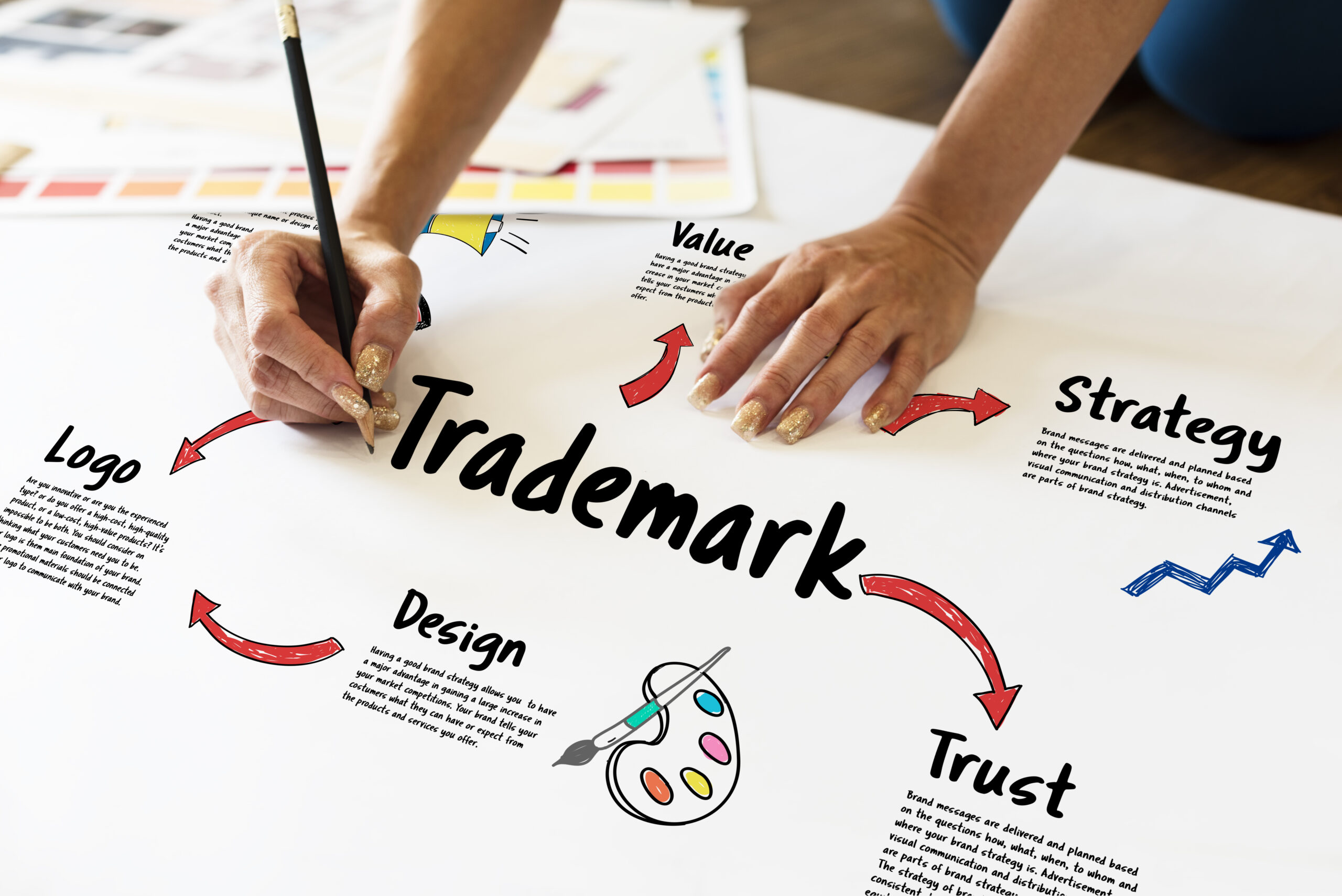The trademark law is quite significant in the pharmaceutical sector as most often the industry deals with life-saving drugs. A deceptively similar drug in the market could bring forth damage to several lives and put public safety at risk. Hence there exists a question of whether a trademark should be considered wholly or only the dominant portion of the trade name.
The Pharmaceutical Sector in India, being the third-largest manufacturer of generic medicines, unfolds about 20% of the total global exports in the pharmaceutical industry. Being one of the most lucrative sectors in the country, and with the amount of FDI (Foreign Direct Investment) inputs into the industry, it is evidently noticeable that the growth is sky-high. The R&D and innovation in the pharmaceutical sector materialize new life restoring drugs on a day-to-day basis, and therefore the products, the process involved, and the brand names of these drugs need to be braced by Intellectual Property (IP) Rights like patents and trademarks.
Before starting the registration procedure, you can verify whether a trademark is available using Vakilsearch’s free trademark search engine.
Given the volume of the drugs that roll out to the market, the trademarks in the pharmaceutical sector outnumber the other sectors in the nation. The nature of the industry is such that it has a solid impact on public health and safety, hence the IP rights in general, and trademarks, in particular, must fall within the strict format of assessing similarities in the latter. It is pertinent to take note of the ‘Anti-Dissection’ rule of the trademark law that conflicts with one of the similarity tests, namely the ‘Dominant mark’ test. While taking into consideration these two opposing notions of trademark law, it is also of paramount importance to examine the Court’s take in inspecting deceptive similarity, as it establishes the required standards in pharmaceutical trademarks.
Comparing the Anti-Dissection Rule and the Dominant Mark Test
The World Intellectual Property Organization (WIPO) places the trademarks on a higher pedestal, as it is the brand name that distinguishes the various products in the market. A trademark is typically a sign or mark of a respective brand and it acts as the source of origin of the said product or service. The Delhi High Court had explicated the ‘Anti-Dissection’ rule (hereinafter referred to as ‘the rule’) stating that a trademark is to be analyzed in its entirety and not in parts. Here, the point of consideration is a layman’s ability to recognise a trademark, wherein a trademark will be recollected only wholly and not by breaking it down into parts while purchasing a particular product.
Alternatively, The Dominant Mark Test (hereinafter referred to as ‘the test’) has its roots in the judicial precedents. The most conspicuous element of a trademark that enables a customer to identify or distinguish a product as against the others in the market is considered to be the dominant portion of a trademark. The Court would ideally isolate that dominant portion of the mark of the trademarks in question and would evaluate if that particular portion has been infringed in matters of infringement cases. There are instances where the Court had opined that the Dominant mark test is in consonance with the Anti-Dissection rule and that both are complementary to each other.
While approaching these concepts holistically, the two conceptions intersect in order to locate the point of deceptive similarity in the case of pharmaceutical trademark infringements. It might be interesting to note that, while the Anti-Dissection rule is codified in the Trademarks Act (1999), the Dominant Mark Test is not. As pointed out, the latter is elucidated merely through judgments and is called for in cases dealing with pharmaceutical trademarks recurrently. Yet, a minor downside of this is that the two concepts are quite contradicting to each other, and when these are dealt with hand in hand while considering the infringement cases, there is a risk of arriving at arbitrary decisions.
Placing Public Interest on Top Priority:
When it comes to trademarks in the pharmaceutical sector, the importance of the brand name is very pivotal. A deceptive similarity in the names of drugs could bring forth not only losses to the plaintiff, but would also put the health and safety of the customers at threat.
In the case Mankind Pharma Ltd. v. NovakindBioSciences Pvt. Ltd. [2021], the plaintiff had developed drugs with the suffix ‘kind’ like Dexakind, Moxikind etc. The defendant was prohibited to use the same suffix, as that would bring about a deceptive similarity with the drugs of the plaintiff and would also make the defendant enjoy the reputation of the plaintiff unjustly. In another case, the court restrained the defendant from using the same prefix ‘GLO’. The plaintiff’s trademark was ‘GLOEYE’ and when the defendant used ‘GLOTAB’ the same was restricted.
The idea behind the judgments was that the mere addition of a suffix or prefix doesn’t alter a trademark on the whole and would still appear deceptively similar in the eyes of a customer. Here the intention of the Trademark law should not be forgotten. The law intends to bestow the registered trademark owner with exclusive rights on the whole mark. The same is applicable when a particular pharmaceutical trademark is associated with a secondary meaning or exhibits acquired distinctiveness. For instance, although the primary meaning of the word ‘Jaguar’ is widely understood, the secondary one is associated with a particular brand in cars and not with cars in general.
As far as the pharmaceutical sector is concerned, the number of misleading trademark applications must be discouraged in view of public interest. Unlike other industries, failing to do so here will severely impact public health and safety. Thus, the health of an uninformed customer should not be put at risk. Oftentimes, when the names of the drugs sound similar and are visually identical, for instance, NOVOLOG and NOVOTIN, CELEBREX and CELEBRYX etc, there exists a grave risk of these being mixed up. A customer, who is often a layperson and who is not expected to comprehend the differences could be a victim of such trademarks and the results could be fatal.
Unfortunately, there are people in India, who still choose to self-medicate not knowing the danger involved, wherein the risks in these cases increase by leaps and bounds. One way to curtail this disaster is to regulate online trademark registration by applying stringent measures, and by giving topmost priority to pharmaceutical trademarks.
Thus, both the Anti-Dissection Rule and the Dominant Mark test play an exceptional role in deciding trademark cases. Although both the principles put forth a strict interpretation, implementing the same could be a herculean challenge to the pharmaceutical companies. On the other hand, when a deceptively similar trademark springs up in the market, it could affect not only the registered proprietor but also a chain of consumers. Therefore, a draconian approach might be essential in scrutinizing the trademarks of the pharmaceutical sector and it might require to often conceptualize the laws pertaining to the same.
Also, Read:
- How to Check if a Logo is Trademarked in India
- Details about Trade Mark Act 1999
- How to Apply for a Trademark
- Filing a Trademark application in Mumbai










